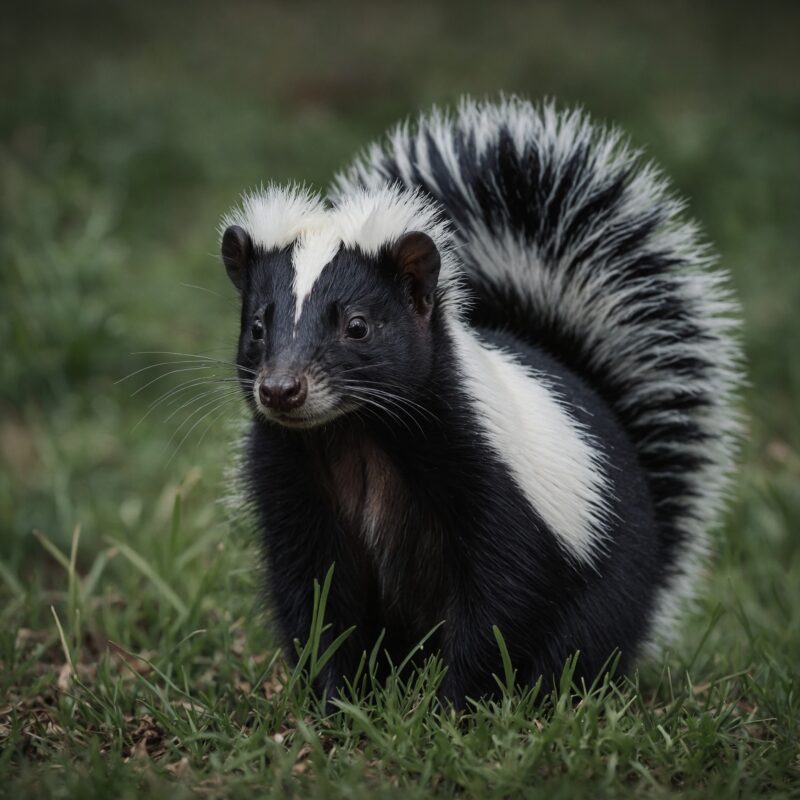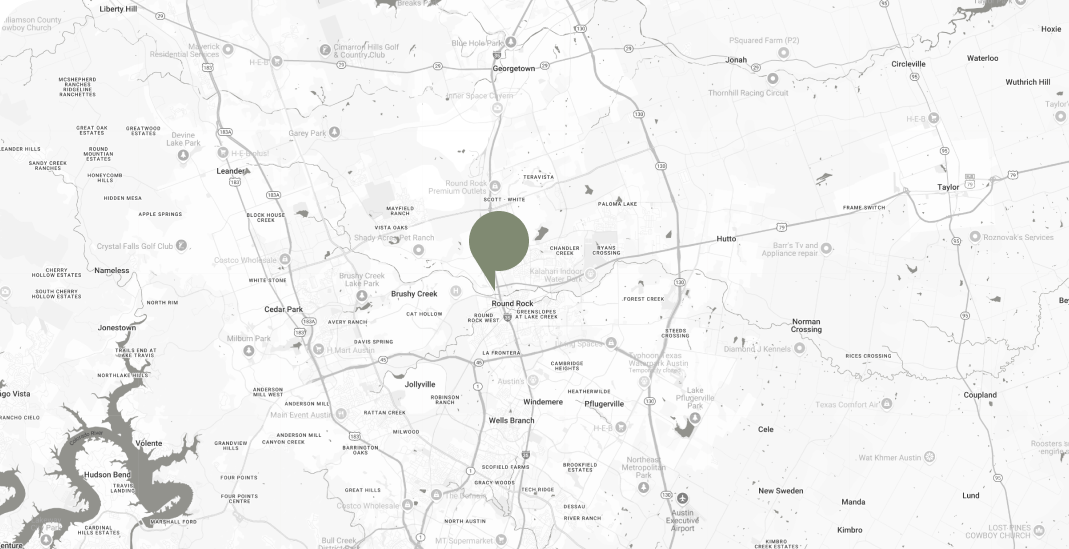Skunks
Biology & Habits
Skunks are nocturnal and omnivorous; it eats both meat and plants. Over half of its year around diet is insects and grubs, mice and other rodents fill in one-fourth of the diet, and vegetable matter one-tenth. During the breeding period in late February, a male may travel four to five miles each night in search of a mate, with a gestation of seven to ten weeks. There is usually only one litter born annually. Litters commonly consist of four to six appearing in May. The young stay with the mother until fall. The skunk is a social animal outside of the breeding season and will often den together.
Skunks
Physical Abilities
Skunks have short, stocky and proportionately large feet equipped with well developed claws that enable it to be very adept at digging. Skunks are able to discharge their odorous musk multiple times and at any angle up ten to twelve feet with amazing accuracy and with a little wind targets at greater distances can be in range. Juvenile skunks are able to spray by the time they are seven weeks old, and tend to spray with less provocation than the adults.



